Whether it came from your mum or grandma or dance teacher, we’ve all heard a few (supposed) tricks of the beauty trade and wondered just how accurate they are. Like the “you’ll get square eyes if you sit that close to the TV!” that rippled through every household in the 90s.
Here we unpack a few of our skincare-specific favourites, and decide if any part of the sentiment actually rings true.
The more expensive the product, the better it is.
A hefty price tag doesn’t always equate to results. What separates a product or brand from sitting on the lower side of the dollar spectrum, versus the higher, might just be marketing (how well they can talk themselves up) and packaging (how eye-catching their aesthetic is). Cut out all the noise and what you should really be focusing on is the product efficacy.
Get to know the formulas (really look at the ingredients list) and search for proof that they’ll do what they say they’re going to do (based on clinical tests). A $300 moisturiser might claim to have anti-ageing properties, when the $100 competitor has a stronger concentration of actives and the clinical results to prove it.
The more abrasive the scrub, the better the results.
Stop what you’re doing! Protect that moisture barrier! Using rough and jagged particles to physically remove any buildup on the face is going to work, sure, but the results will not be even. And if you’re seeking out the most abrasive scrub, the results won’t be pleasant either. Redness. Rawness. Sensitivity. Lots of it.
Chemical exfoliation, which uses naturally occurring acids (usually AHAs or BHAs) to clear the skin of old skin cells is going to fight dullness and congestion and give a far more even and thorough result. Which is why we much prefer them.
Chocolate makes you break out.
Too much sugar in the diet is going to trump other vital nutrients the body needs to perform at its peak. “Some evidence suggests an association between acne and food with a high glycaemic index (so sugar can play a role)”, confirms dermal therapist, Yadira Cauchi.
But the key phrase here is play a role… There could be, and most likely is, other contributors to your breakouts including skin type, intolerances, hormones, and not removing your makeup properly. Have your Curly Wurlys in moderation, but know it’s not sugar alone disrupting your skin.
Toothpaste is an effective spot treatment.
This myth likely started because a lot of people knew it was best to dry out blemishes in order to make them disappear. But skin, in contrast to teeth, is much more delicate, so when you start applying alcohol, hydrogen peroxide, sulfate (to name a few common toothpaste ingredients) to the face you’re going to disrupt the pH balance and irritate the area greatly. This can snowball and cause pre-existing conditions like rosacea and eczema to flare up and then you’re left to soothe so much more than one annoying pimple.
You shouldn’t use moisturiser if you have oily skin.
You should! You really should! Moisturiser is a core step in any skincare routine. And skipping this step might just lead to dry, sore, generally pissed off skin. The oil (sebum) that your skin produces - or in the case of oilier skin types, overproduces - is different to the ingredients that are in your face creams. This means that the excess oil on your face or t-zone does not replace a moisturiser in your routine.
Moisturiser is going to keep your moisture barrier strong, boost hydration, and balance and regulate oil production. So your skin type shouldn’t determine whether or not you need moisturiser, but rather what type of moisturiser (lightweight! Mattifying! Gel cream!).
Cold water shrinks your pores.
Nice try. Pore size is dependent on genetics. Collagen depletion as we age might cause pores to loosen and stretch a little, the same way congestion gives off the illusion of larger or more obvious pores. But there’s no amount of cold water that can change their size. When exposed to cold temperatures, it’s not your pores that are shrinking, rather the blood vessels in your face constricting. Hence that tight, plump, even afterfeel.
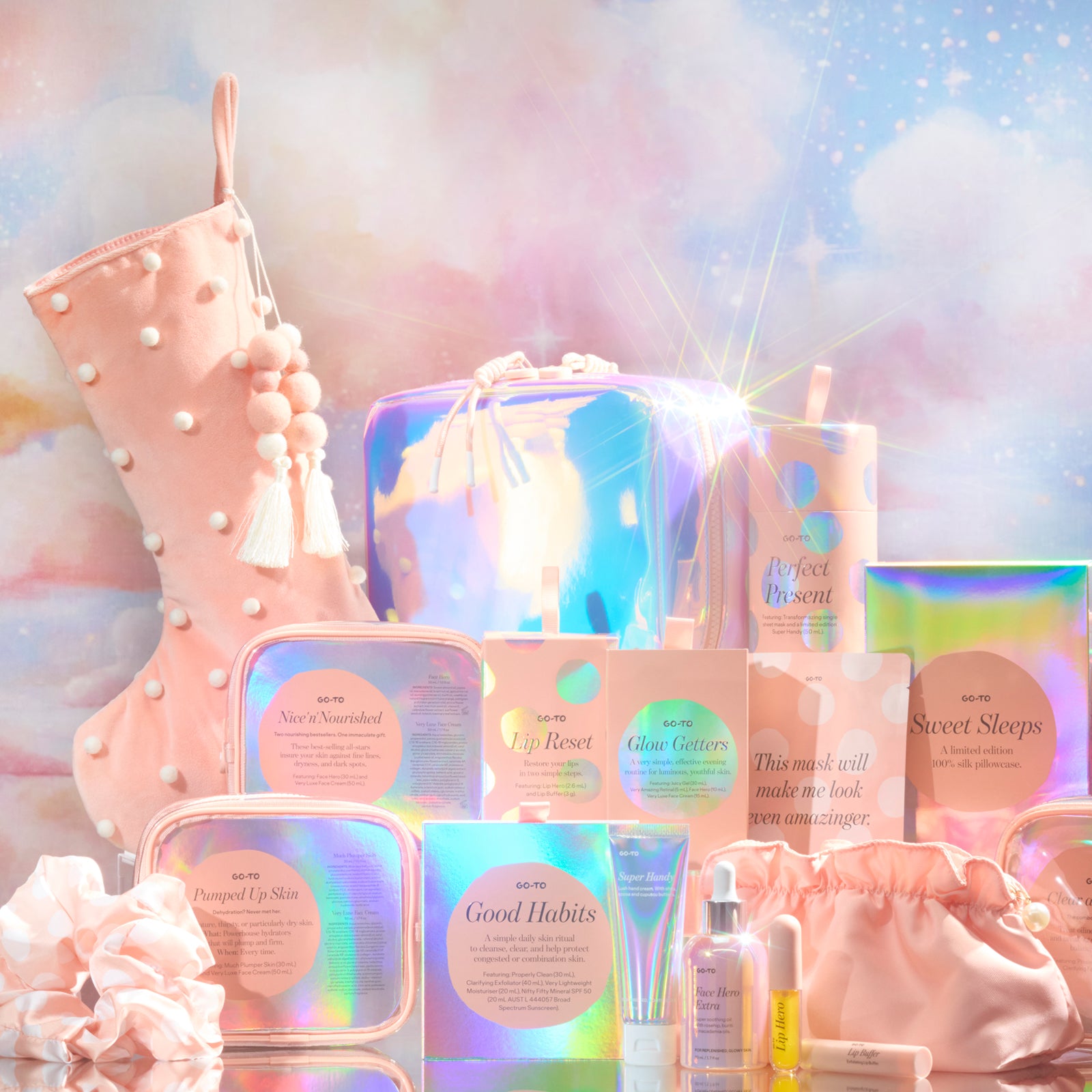

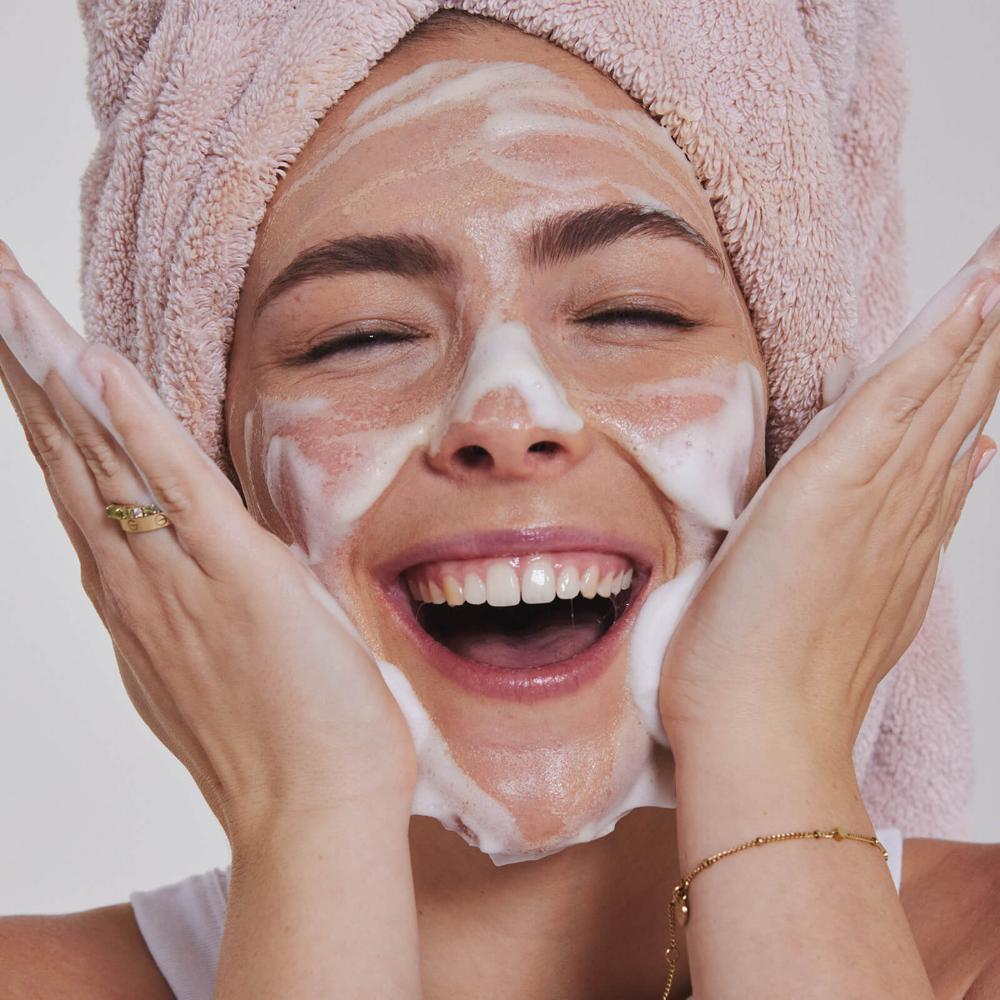
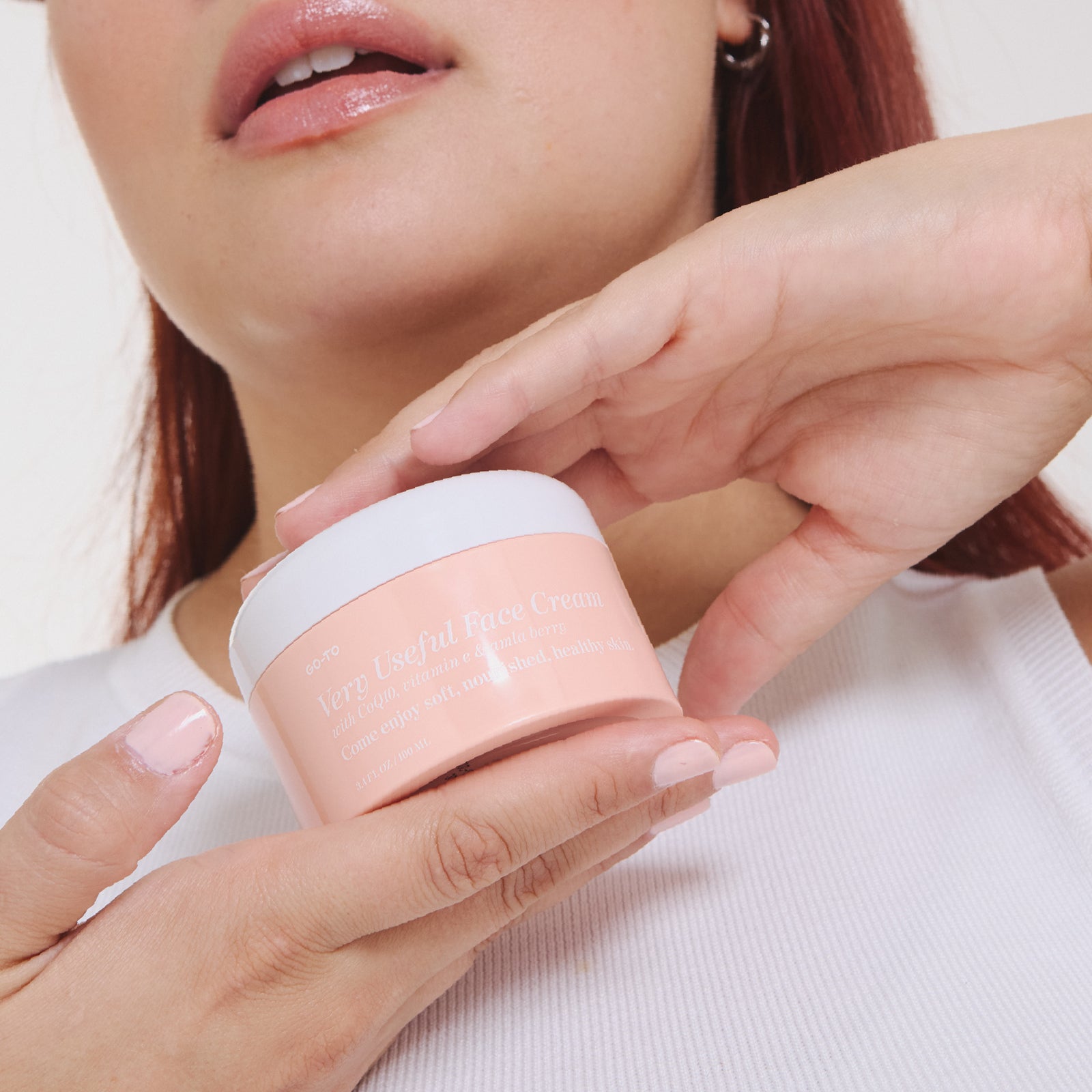
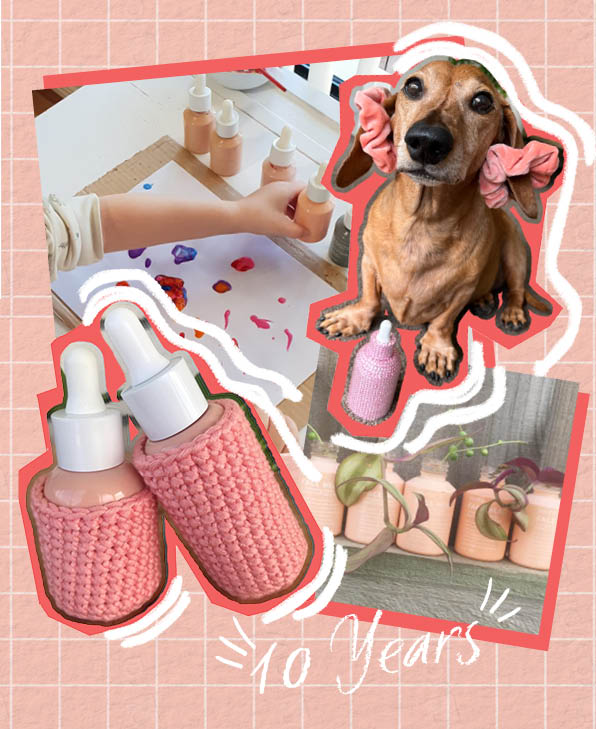
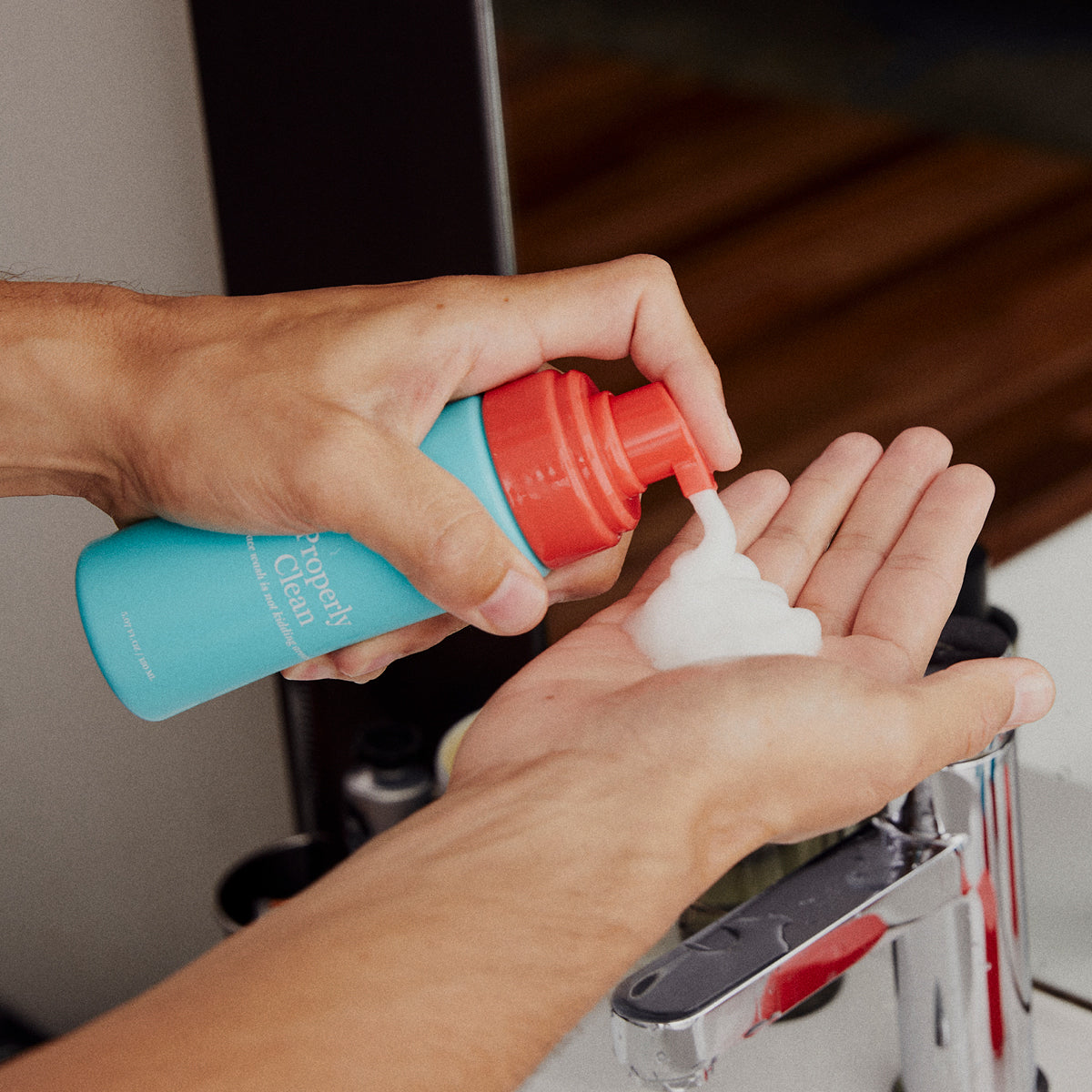
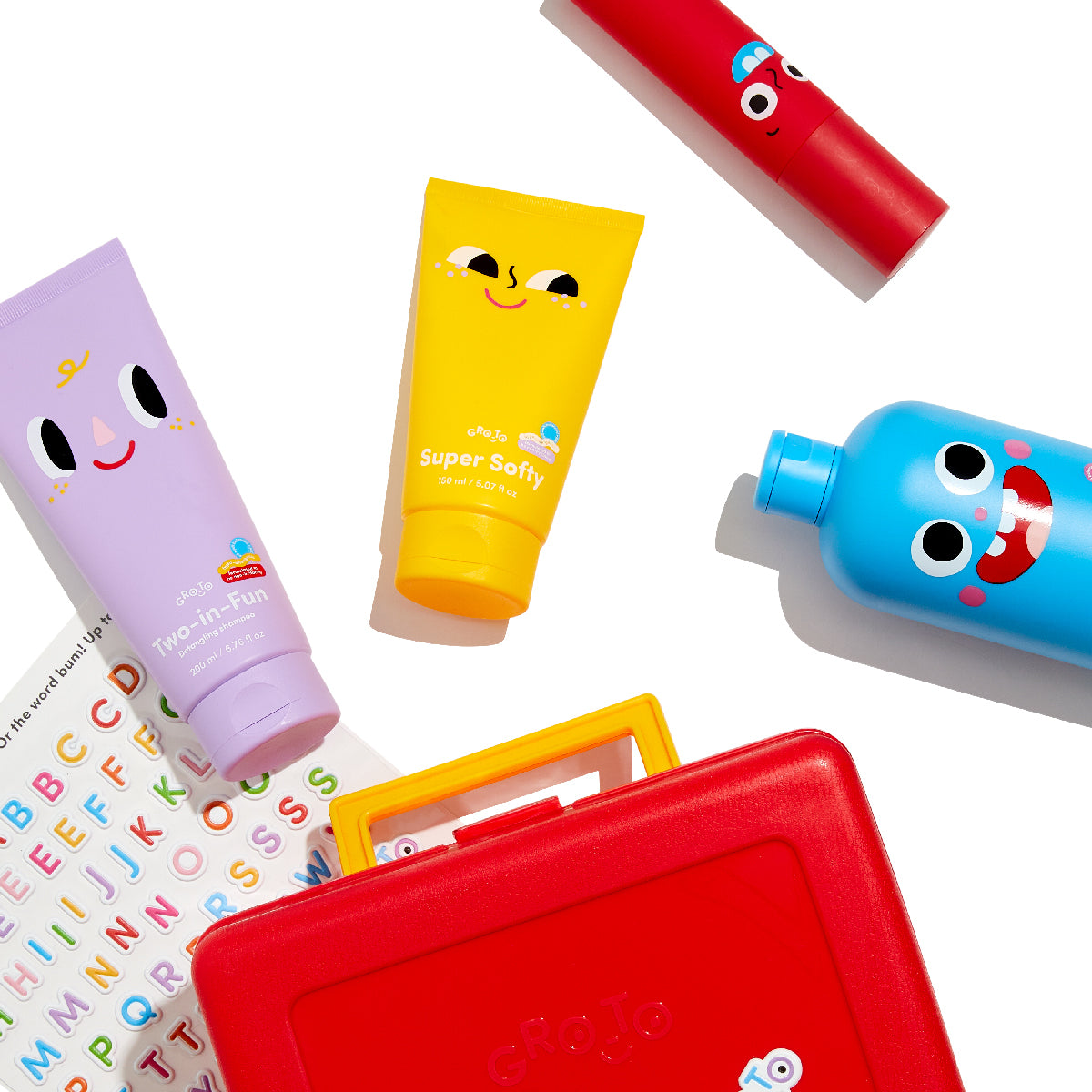
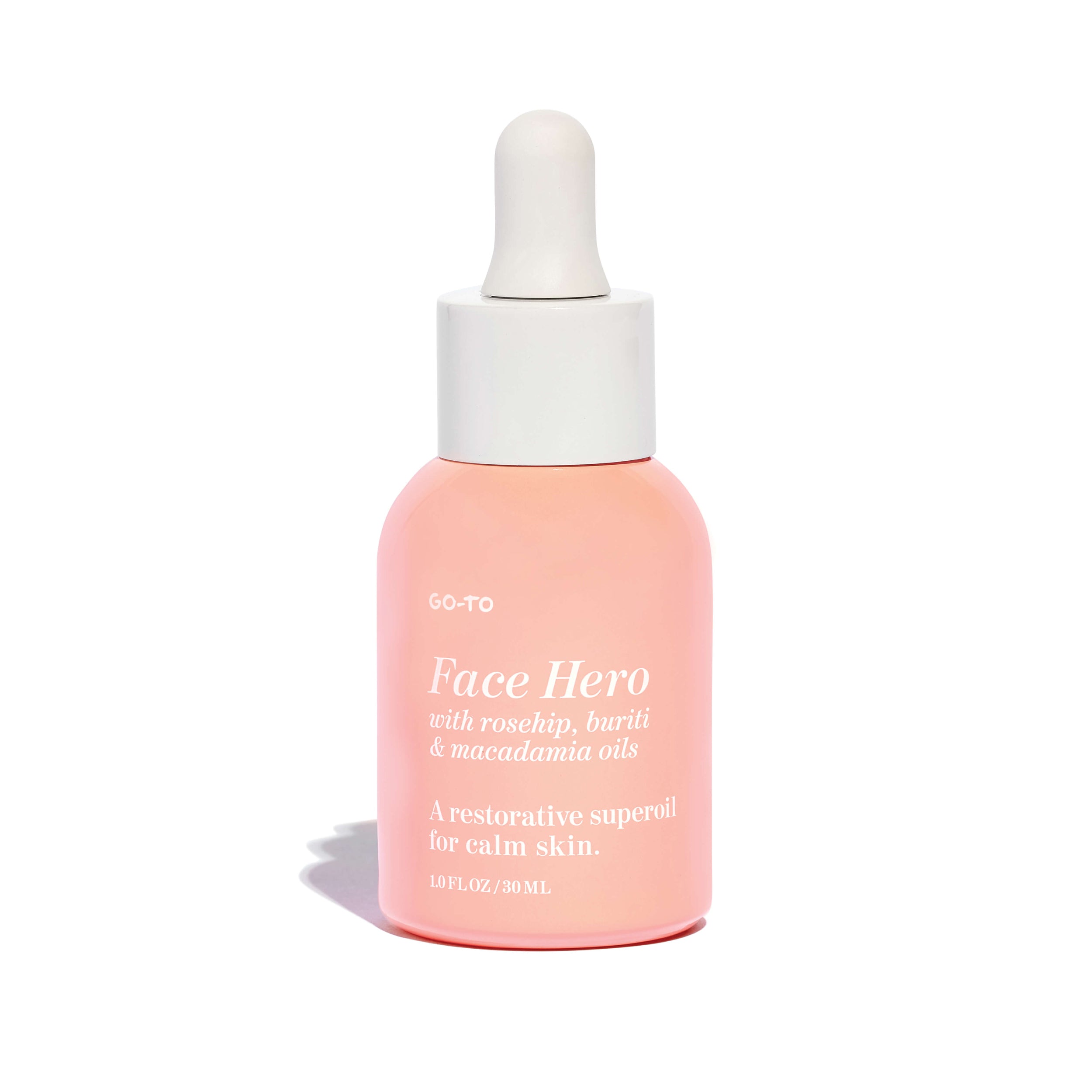
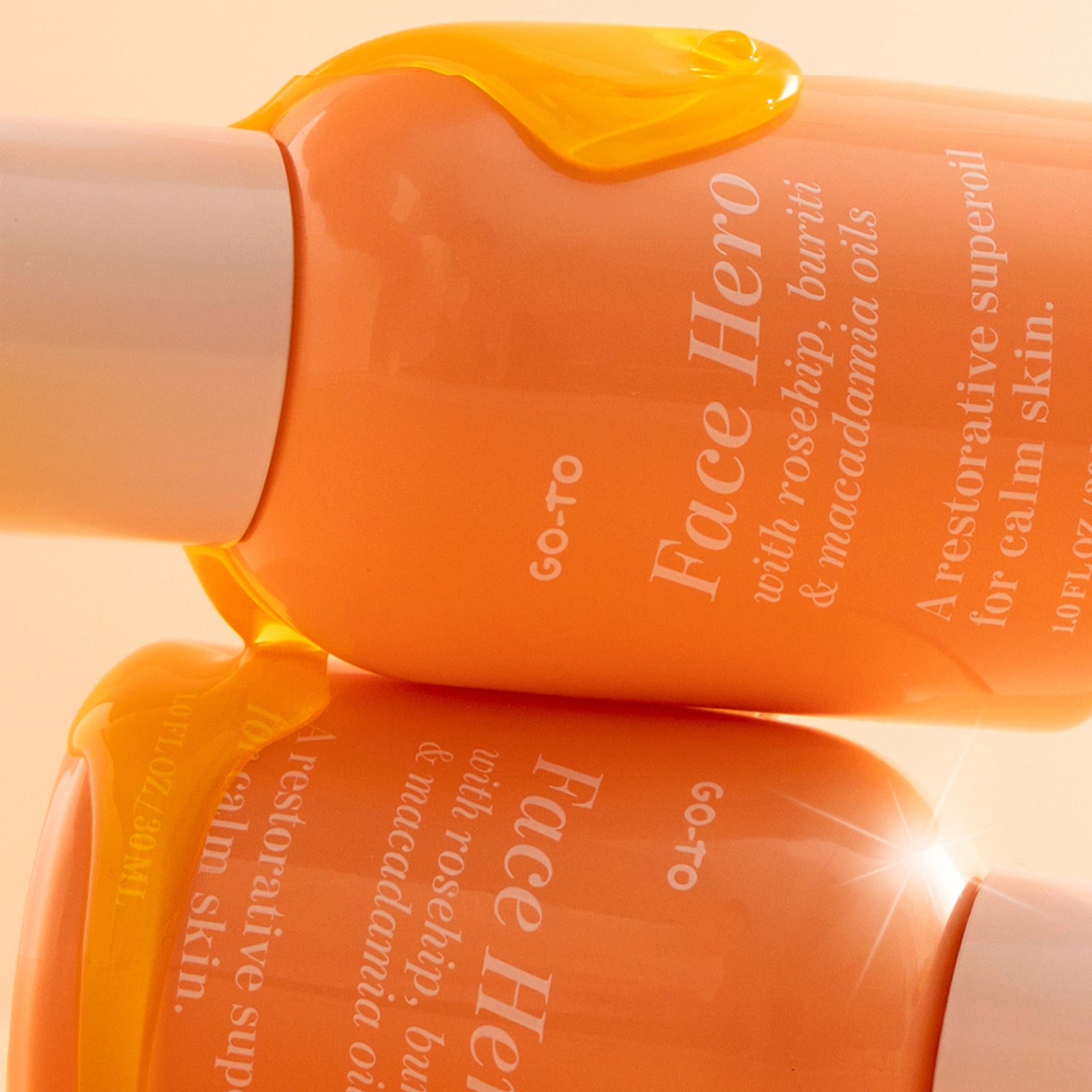
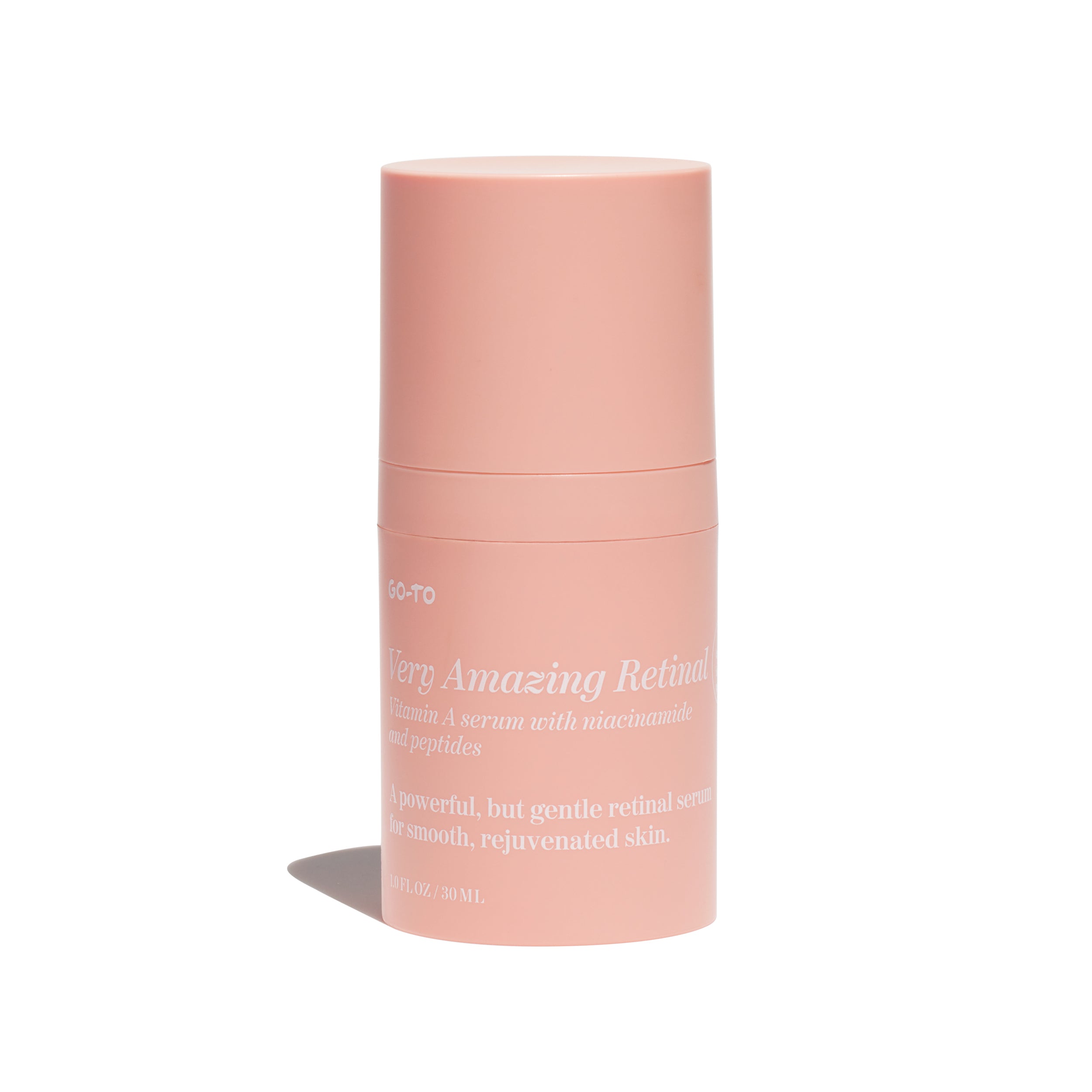
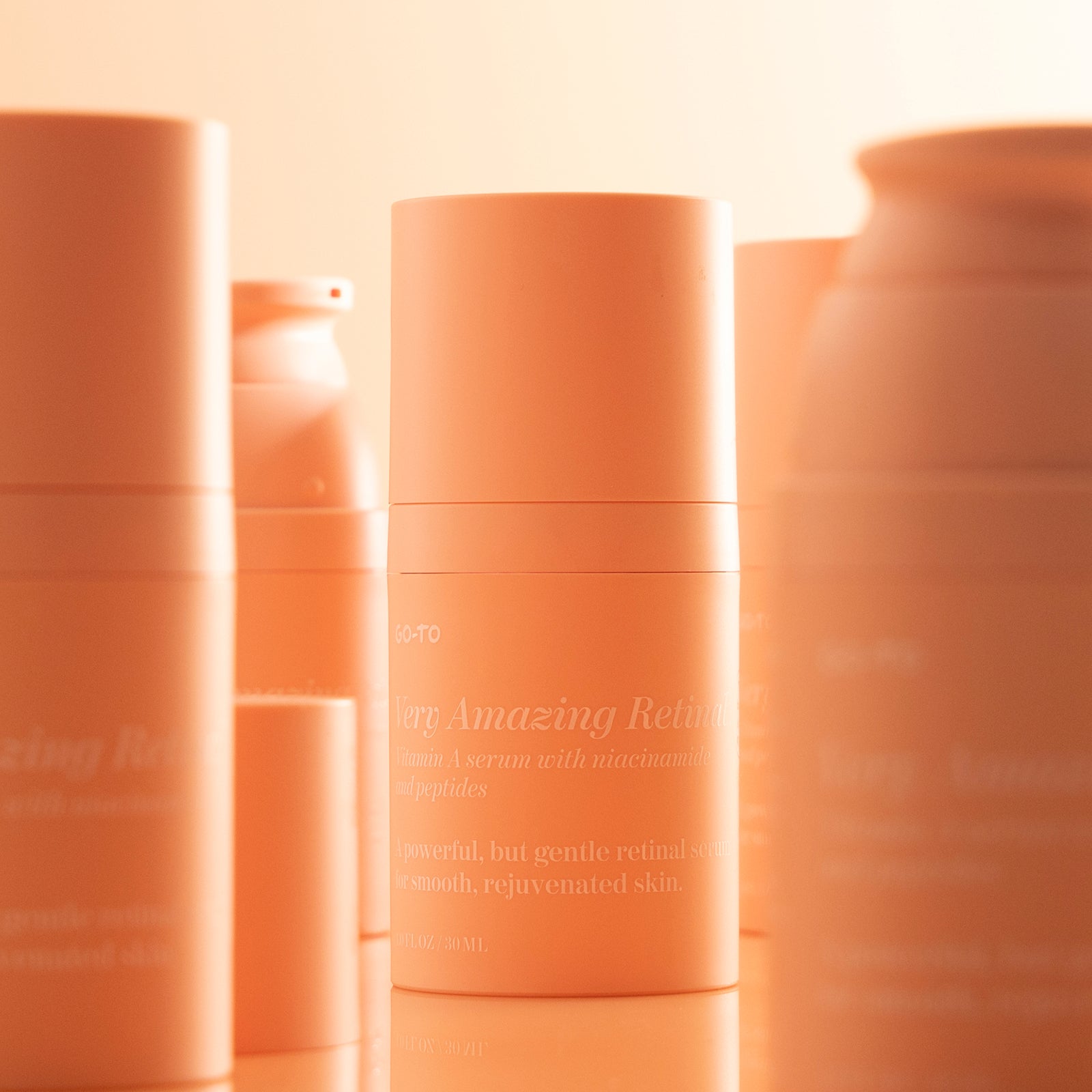
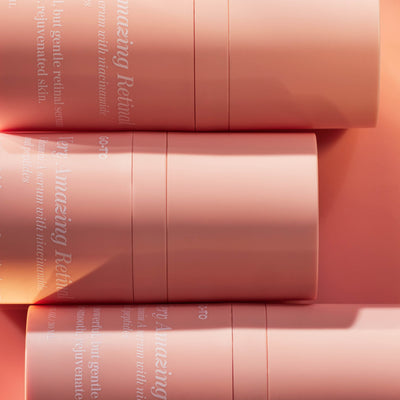
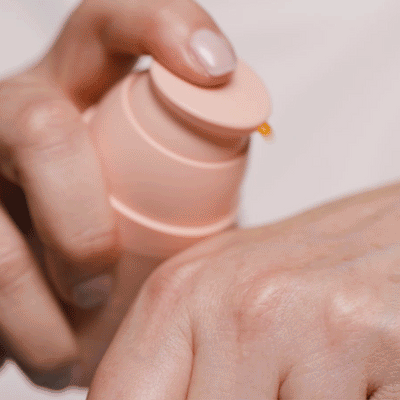


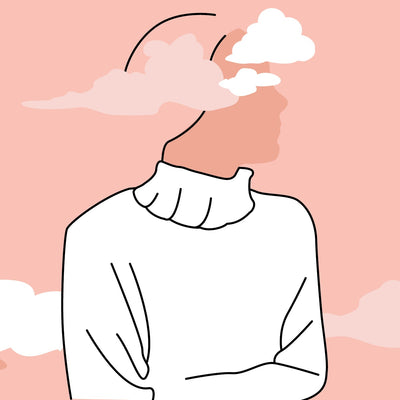
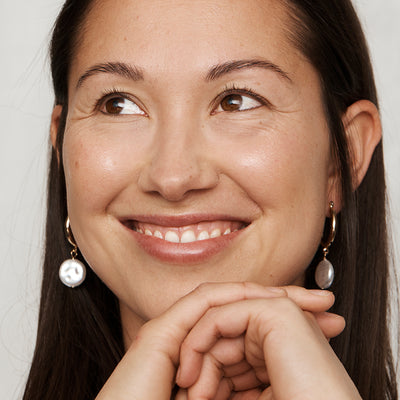
Comments